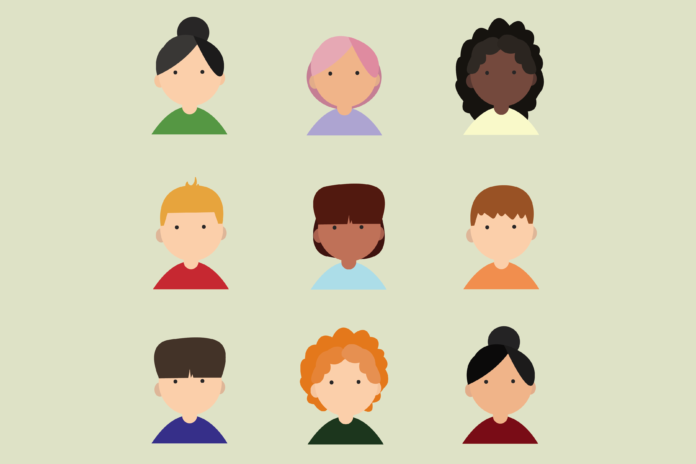Specific regions in our brains use synchronized brain waves to create neural connections between two seemingly-unrelated entities
By BRANDON NGUYEN — science@theaggie.org
Context matters when perceiving faces; our perception of a person with a knife at a birthday party drastically differs from one in a dark alley at night. Recently, a UC Davis Health study shed light on the underlying neural computations our brain makes when processing situations like these.
Dr. Jack Lin, a professor of neurology and director of the UC Davis Comprehensive Epilepsy Program, explained the purpose of the study and how contextual processing influences human decision-making and inferences.
“The question we were trying to answer is: how does the brain combine two seemingly-unrelated things together and influence our decision-making?” Lin said. “Imagine a person next to a burning building; even though the person and the building have no relationship, you would probably assume that the person may be an arsonist. But if you were to put the same face next to a pleasant picture, such as a sunny beach, you would most likely perceive the face as friendly and happy.”
Jie Zheng, a postdoctoral fellow researcher at Harvard Medical School and the first author on the study, explained the brain regions that the team analyzed.
“We are actually recording direct neurosignals inside of the brain, targeting regions of the hippocampus, amygdala and orbitofrontal cortex,” Zheng said. “Prior studies in the literature have shown that those three regions are involved in memory, emotional or decision-making processes. But nothing was known about how they communicated with each other, so we wanted to uncover the underlying brain mechanisms that enabled that communication.”
The hippocampus is known to be involved in memory, and the amygdala is an almond-shaped organ in the brain that affects emotion, according to Lin. The orbitofrontal cortex, a region of the brain just above the eyes, influences decision-making processes.
The study’s sample consisted of epilepsy patients who volunteered for the study. Lin explained that since these patients already had electrodes implanted inside their brains to monitor for seizures, he and Zheng could gather specific neural activity in different regions of the brain while the subjects viewed a series of images with varying emotional contexts.
“The electrodes in the brain are like radios with different wave frequencies,” Lin said. “The brain regions need to have these different waves line up at the same frequency in order to communicate effectively.”
Within seconds, During the study, patients were shown photos of faces in different contexts meant to evoke a more positive or negative perception. They were then asked to rank the valence of the face in each photo immediately after. These photos ranged from a dog running through a field to a set of hands opening a door through broken glass.
The researchers focused on two types of brain waves present in patients when looking at the photos: theta and gamma waves, which must align in a synchronized manner to facilitate long-distance communication.
“The slow rhythm, also known as the theta waves, opens up the communication channel between the three brain regions,” Lin said. “After the brain dials the right frequency for the slow wave, there is then a very fast rhythm, known as the gamma wave, which indicates neurons firing on a local level. So when the slow waves and the fast local waves line up, the brain regions are able to communicate with each other. This is what we call theta-gamma coherence or synchrony.”
Recording the theta-gamma wave interactions both to and from different brain regions revealed interactions between the brain’s emotion, memory and decision-making networks. In observing the coordination of the theta and gamma waves traveling between these brain regions, researchers were able to successfully predict how the participants would perceive the face they were observing before even seeing their responses.
Understanding the fundamental interactions between these brain regions is a first step in supporting patients affected by neurological diseases that have altered their neural communication network. Lin said that this research opens up the possibility of disconnecting and reforming neural paths within the brain to help modulate a patient’s interpersonal behavior in the future.
“One of the things that is really important is that this may help us potentially map and treat psychiatric diseases,” Lin said. “The associations we make sometimes can be correct and good, but sometimes they are bad and can lead to mental health issues. When we make overly-generalized associations, for example, we hope that in the future we can break these bonds if we better understand the mechanism of how we associate two seemingly-unrelated items together. Then we can figure out a way using brain stimulation to disconnect some of these channels that are unhealthy but enhance some of the channels that are healthy.”
Written by: Brandon Nguyen — science@theaggie.org




